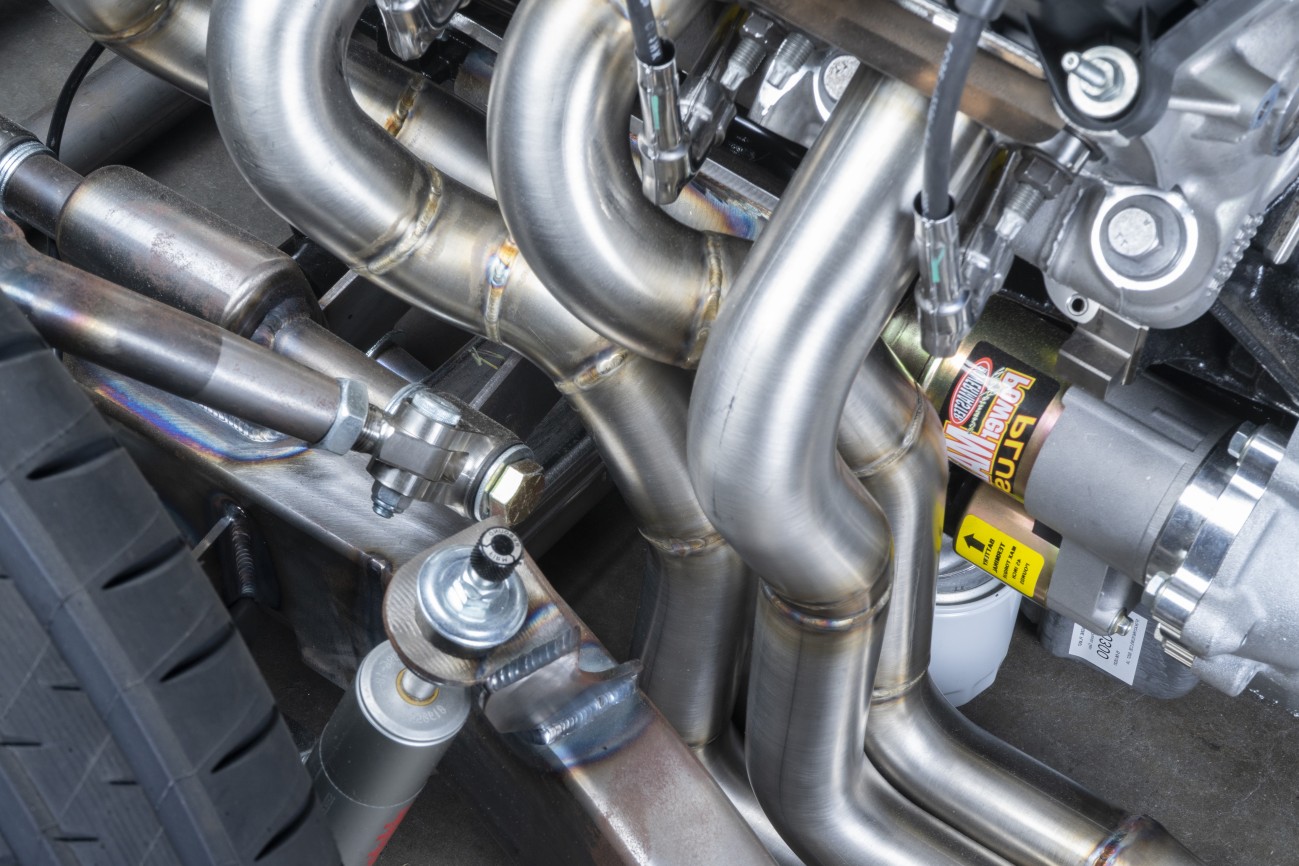When it comes to automotive performance and exhaust systems, terms like "exhaust header" and "exhaust manifold" are often used interchangeably. However, they serve different purposes and come with distinct designs that impact your vehicle's performance. In this blog post, we’ll break down the differences between exhaust headers and exhaust manifolds, helping you understand their roles in your vehicle's exhaust system.
What is an Exhaust Manifold?
An exhaust manifold is a component that collects exhaust gases from the engine’s cylinders and directs them into the exhaust system. Typically made from cast iron or steel, the exhaust manifold is designed for durability and sound dampening. It usually features a single outlet where all the gases exit before proceeding through the exhaust system.
Key Features of Exhaust Manifolds:
- Design: Generally larger and heavier than headers, with a more straightforward design.
- Material: Commonly constructed from cast iron or pressed steel for strength and heat resistance.
- Functionality: Primarily focuses on collecting exhaust gases while minimizing noise.
- Performance: Tends to restrict airflow compared to headers, which can limit engine performance.
What is an Exhaust Header?
An exhaust header, on the other hand, is an aftermarket upgrade designed to improve engine performance by enhancing exhaust flow. Headers are typically made from lighter materials such as stainless steel or mild steel and feature individual tubes for each cylinder, allowing for better scavenging of exhaust gases.
Key Features of Exhaust Headers:
- Design: Consists of separate pipes for each cylinder that converge into a collector, promoting optimal gas flow.
- Material: Often made from lightweight materials like stainless steel for improved performance and longevity.
- Functionality: Aims to increase horsepower and torque by reducing backpressure and improving exhaust flow.
- Performance: Generally offers better performance advantages over stock manifolds, especially in high-performance applications.
Major Differences Between Exhaust Headers and Exhaust Manifolds
| Feature | Exhaust Manifold | Exhaust Header |
|---|---|---|
| Design | Basic, single outlet | Complex, multiple outlets |
| Material | Cast iron or steel | Stainless steel or mild steel |
| Weight | Heavier | Lighter |
| Performance | Limits airflow, may reduce horsepower | Enhances airflow, increases horsepower |
| Purpose | Collection of exhaust gases | Optimization of exhaust flow |
| Sound | Quieter operation | Louder, sportier sound |
When to Choose One Over the Other
Choose Exhaust Manifold If:
- You are looking for a cost-effective solution for replacing a failing component.
- You want to maintain a quieter exhaust system.
- Your vehicle is primarily for daily driving without a focus on performance enhancements.
Choose Exhaust Header If:
- You're aiming for higher performance and increased horsepower.
- You’re modifying your vehicle for racing or performance driving.
- You want a sportier sound and improved engine efficiency.
Conclusion
Understanding the differences between exhaust headers and exhaust manifolds is crucial for any car enthusiast or owner looking to upgrade their vehicle’s exhaust system. While both components play vital roles, their designs and functionalities cater to different needs. Whether you opt for a stock manifold or go for performance headers, knowing their characteristics will help you make an informed decision that aligns with your automotive goals.
Feel free to leave your comments or questions below! Let’s get the conversation going about exhaust systems and performance upgrades!









